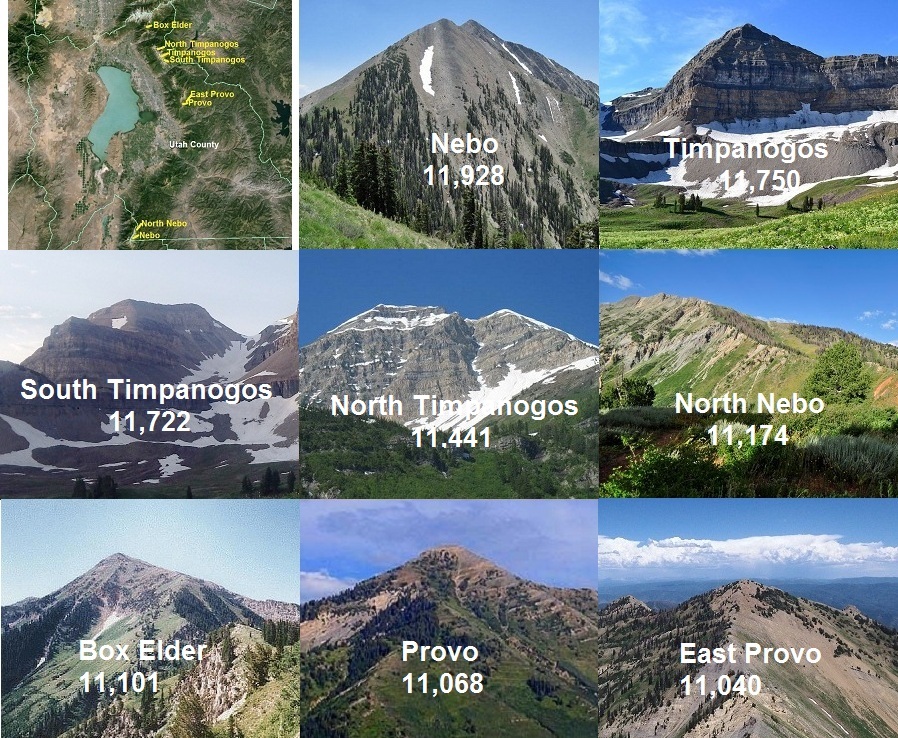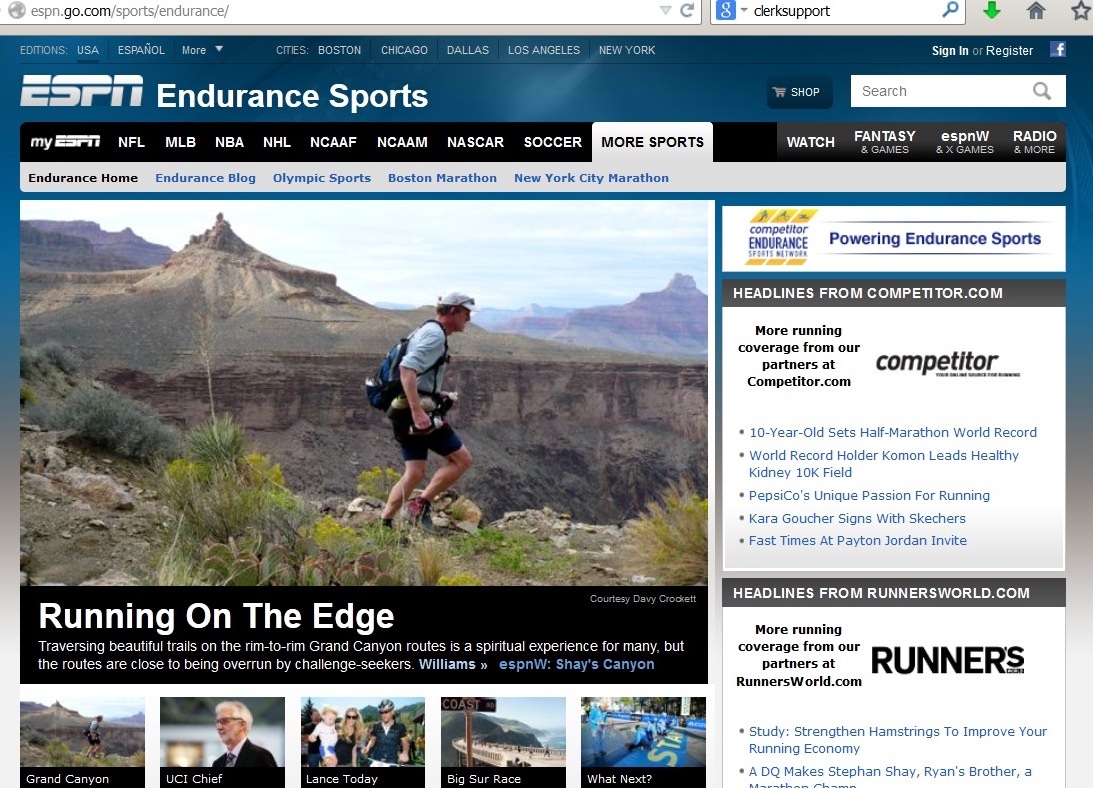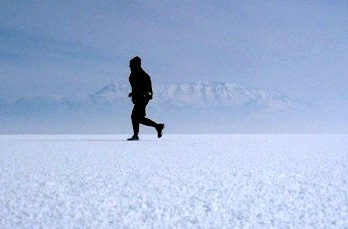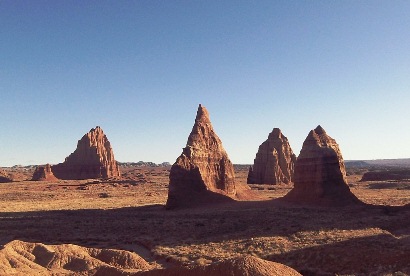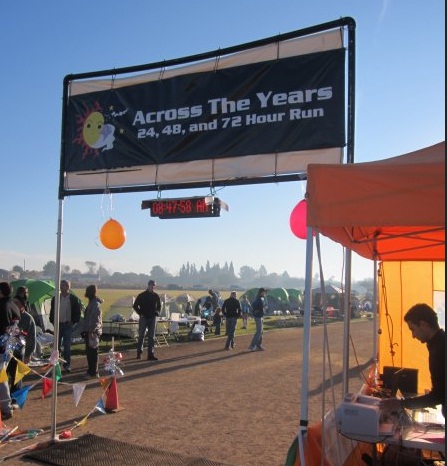
Back to Table of Contents
In 2008, I ran my first fixed-time race, a 24-hour race in Buckeye, Arizona, Across the Years (ATY). Instead of a fixed-distance like 100 miles, there is a fixed time to run, and the winner is the runner who rus the furthest. Since my first race, as of 2014, I have now run nearly 1,000 miles in this type of race. I am not really a veteran yet, but I do have some good experience now, and I was the overall winner in two of the races.
Over the years I’ve come to deeply respect the athletes who run this type of race and have learned much from them. When I got involved, there were only a handful of runners who ran both mountain ultras and fixed-time races, but now the cross-over seems to be larger. It truly is a different type of running that requires different skills, a different mental toughness, and a boat load of strategy in order to do well. With each race I have gained more experience and now know what it takes to excel in them.


